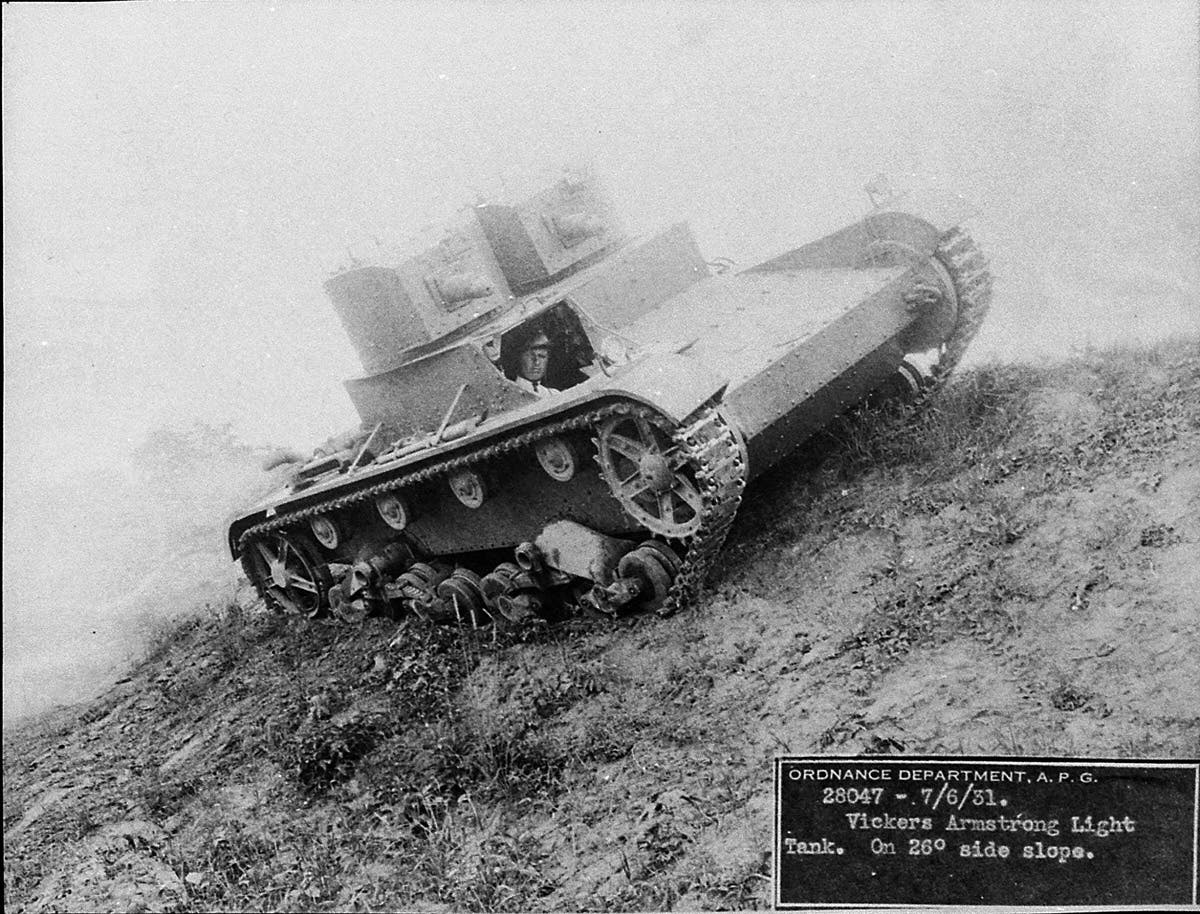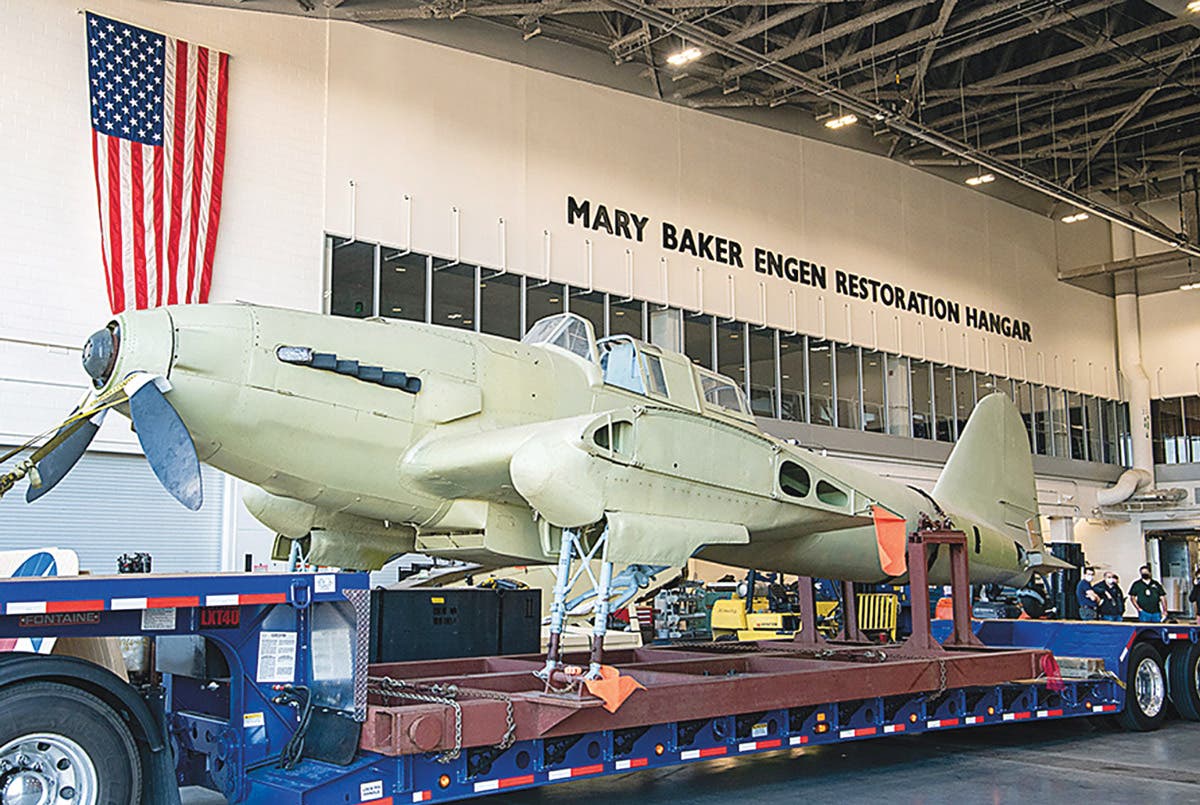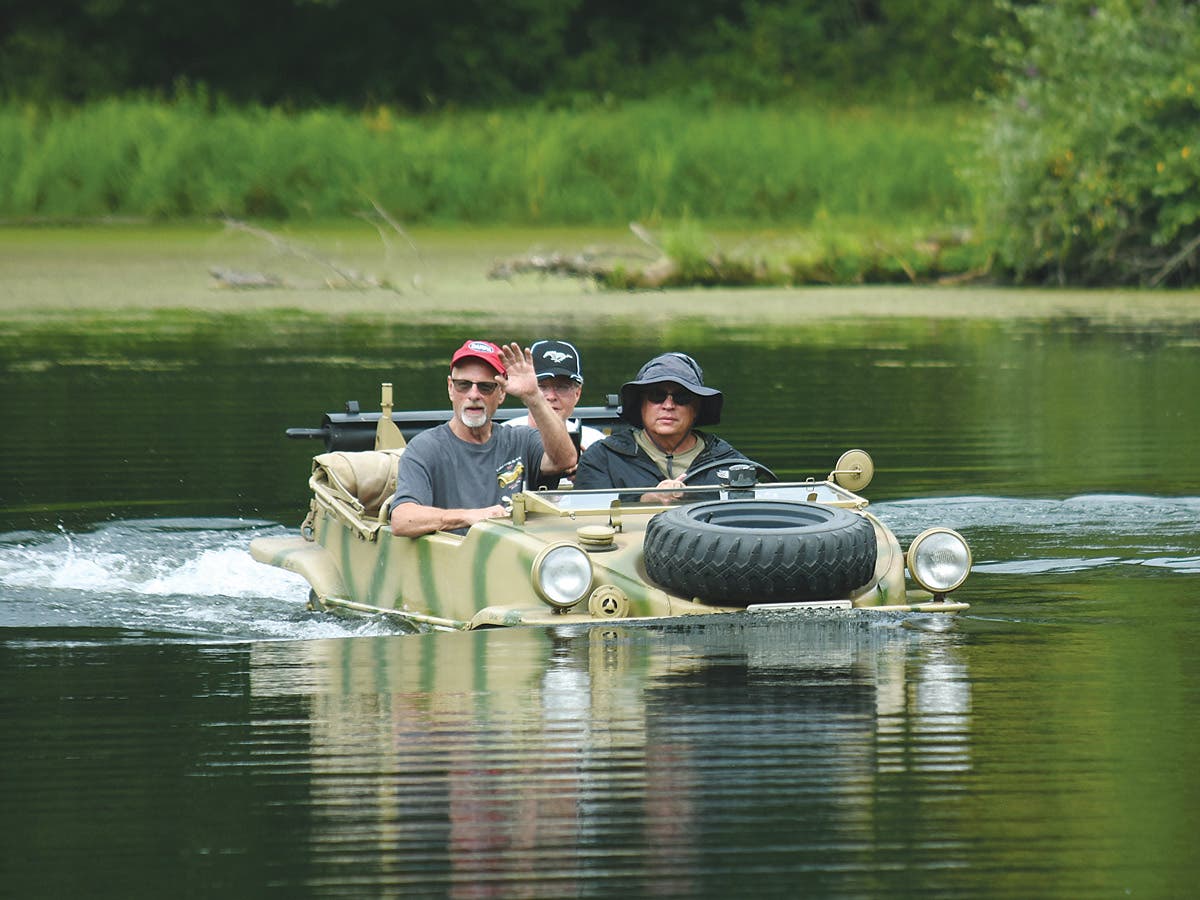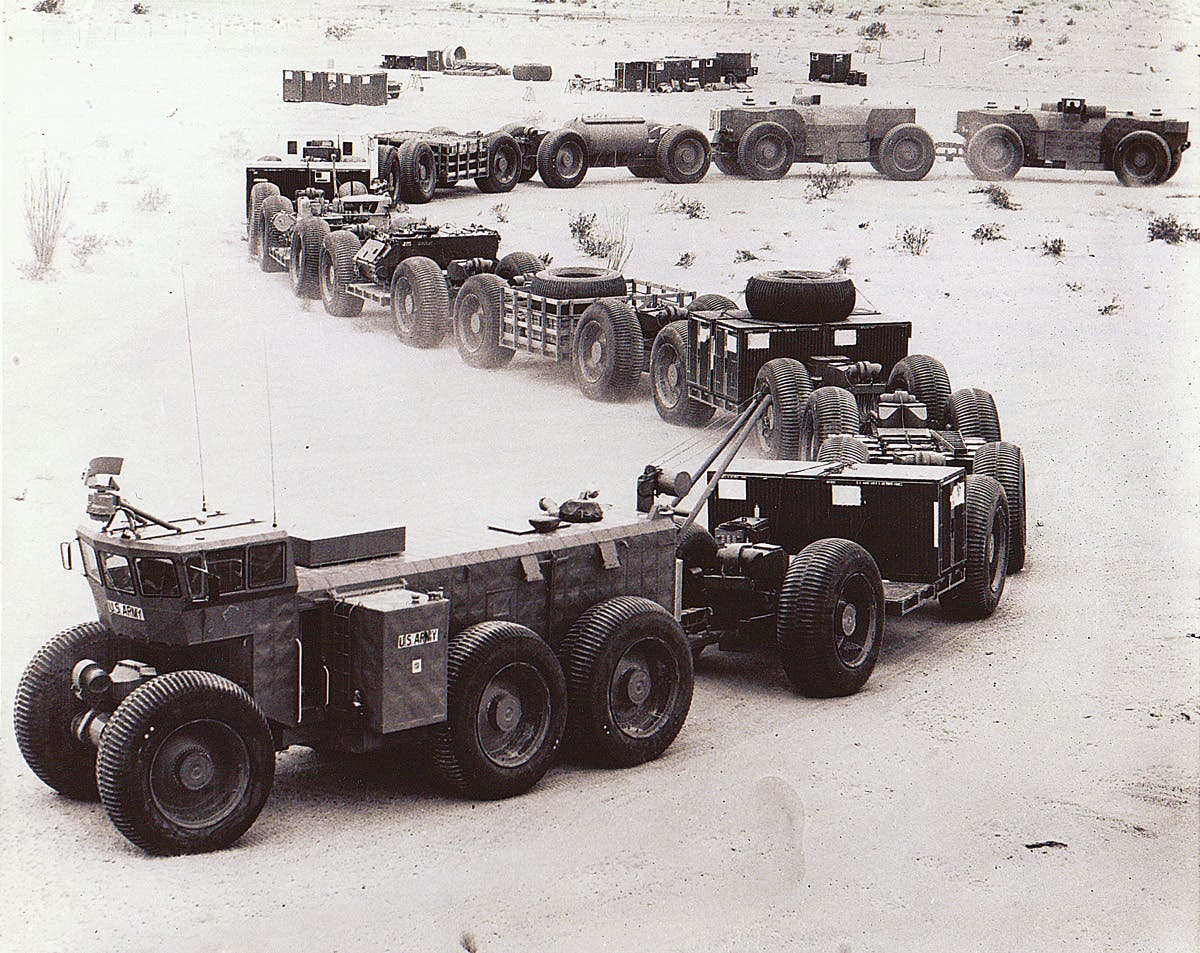Untested in battle—but certainly capable
by John Norris In the wake of Germany’s defeat in the First World War, the Allied Entente powers were faced with a problem over what to do with the armed…
by John Norris
In the wake of Germany’s defeat in the First World War, the Allied Entente powers were faced with a problem over what to do with the armed forces of the vanquished country. Hoping to prevent a build-up of resources, the Allies imposed severe restrictions on Germany under the terms of the Treaty of Versailles in 1919. The document forbade Germany to possess aircraft and submarines were also prohibited. On land, the army was limited to manpower levels of 100,000 troops and anti-aircraft and anti-tank guns were forbidden. Tanks were certainly not allowed. It was all designed to prevent a future war.
Without military contracts, armaments companies were left with no option but to make some of their work force redundant in a show of compliance with the Treaty of Versailles. Companies such as Krupp sent staff to work in other countries such as Sweden where they were ostensibly employed by the armaments manufacturers of Bofors. In this way, German weapons designers able to circumvent restrictions while allowing their engineers to gain valuable experience by conducting secret research and development without appearing to be working for the German military. One weapons expert who travelled to Sweden on the pretext of working abroad was Joseph Vollmer, a tank designer and one of the engineers responsible for developing Germany’s A7V tank during WWI. As it turned out, it was a collaboration which benefited both countries.
Sweden was a recognized neutral state, not having been involved in a war since 1814, and, due to this stance, was not considered a military threat. Unfortunately, this stance of neutrality meant that Sweden had allowed its armed forces to run down so that by the 1920s the army had reached a nadir. The Germans realized that by sending engineers to Sweden to work for armaments companies such as Bofors they had found a very useful loophole in the law and were intent on exploiting it for their own military gain. In 1921, Vollmer’s expertise led to Sweden developing the country’s first tanks: The Stridsvagn M/21.
The relationship with Germany led Sweden to begin replacing obsolete weapons and enter into a rearmament programme, which included the building of tanks. The production run of the M/21 only went to ten vehicles, but the design set the foundations for a number of tank designs over the coming years.
Sweden purchased a number of tanks from Britain and France, including Renault NC27 light tanks. This procurement meant that the amount of time spent on development was reduced and, so too, was the cost.
By 1938, Germany was well into its rearmament programme under Adolf Hitler and even deploying its own tank designs to supporting General Franco’s Nationalist forces during the Spanish Civil War of 1936 –1939. By that time, Sweden had developed several useful tanks designs, each incorporating improvements.
One of these resulting designs was the M/38 tank, built exclusively for service with the Swedish army. This vehicle was the culmination of years of development and produced a weapon platform that had been developed independently, thereby permitting Sweden to maintain its neutrality.
Although a sound design, the M/38 was quickly followed by the M/39 armed with a 37mm caliber gun mounted in a fully traversing turret. This was an advanced design for a country with no historic enemies. In fact, the caliber of the gun mounted on the M/39 tank was larger than the machine gun on the German Panzer I or 2cm calibre cannon mounted on the Panzer II, both of which were in service with the German Army at the time.
By 1940, the indigenous Swedish tank design reached its pinnacle with the prototype for a new design known as the Stridsvagn M/40. This was fitted with a rear-mounted Scania-Vabis 1664 gasoline engine rated at 142hp-—more powerful than the engines fitted to either the Panzer I or Panzer II tanks.
The first production model of this new tank first tank in the world to be fitted with torsion bar suspension. It was calledthe M/40L, named after the Landsverk factory where they were built. Landsverk eventually built 100 of these tanks in 1943.
The M/40L had armor protection levels between 4mm and 15mm and weighed around 9.3 tons. This version was water-cooled Scania-Vabis petrol engine rated at 142hp to produce a road speed of 30mph and had a fuel capacity sufficient for a combat range of 124 miles.
The later version was known as the M/40K after the Karlstad factory (some sources state it was Karlstads Mekaniska Verkstad) which built 80 tanks in 1945. This version had addition levels of armor between 4mm and 50mm and weighed around 10.7 tons. To cope with the heavier weight, the vehicle was fitted with a Scania-Vabis L603 gasoline engine rated to 162hp which gave the same road speed as the M/40L version.
Both the M/40L and the M/40K were 16 feet and one inch in length, six feet and eleven inches in width and six feet and ten inches in height to the top of the turret. Four road wheels were fitted to either side with two return rollers, the drive sprocket at the front, and the idler wheel at the rear of the layout. This permitted both vehicles to negotiate vertical obstacles up to 24 inches, cross open spans of over five feet, and cope with gradients up to sixty per cent.
The first versions of the new light tank were put into service with light tank companies which were composed of three platoons, each equipped with four M/37 light tanks and one M/40L tank ( later, the M/40K version). A crew of three men served the M/40 tanks (although some sources do state a crew of four).
The Bofors 37mm main gun in the fully traversable turret was complemented by two 8mm KSP M/39 strv. machine guns mounted coaxially to the right of the main gun. These were actually Swedish---–built versions of the belt–fed Browning M1919 .30 caliber machine gun and each weapon was capable of firing between 600 and 700 rounds per minute. This armament layout would have been useful in providing close fire support to infantry units as the main 37mm gun would have been useful against lightly armored vehicles out to range of about 300 yards.
In the end, Sweden was never involved in any direct action during WWII, but its armed forces had to be maintained.
It is interesting to speculate how these tanks would have fared in battle had Sweden been attacked. Being lightly armored and small caliber weapons, it is doubtful if these vehicles, and even later designs, could have stood up in battle against the heavier guns the Germans fitted to their tanks later in the war.
The M/40 series and later tanks such as the M/41 or M/42 remained in service with the Swedish Army until after the war. Eventually, these were sold off the Dominican Republic in the 1950s where they remained in service until the 1970s. Today, there are examples of the Stridsvagn M/40 in military museums around the world, including the Tank Museum at Bovington in Dorset in England, where it sometimes driven out for mobility demonstrations in the main arena.
Sweden still remains a neutral country. Regardless, its armored vehicles are highly regarded as being some of the best in the world along with the rest of its weaponry which includes very advanced anti-tank and anti-aircraft missile systems.








